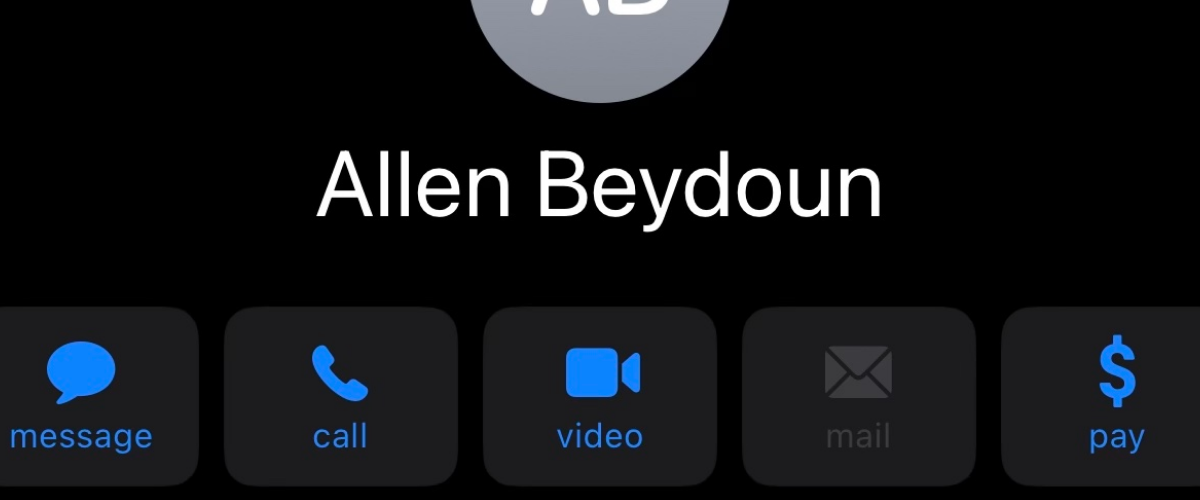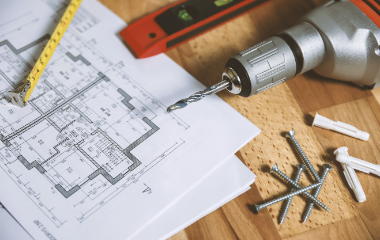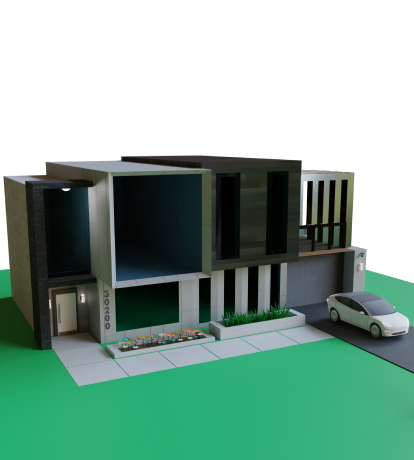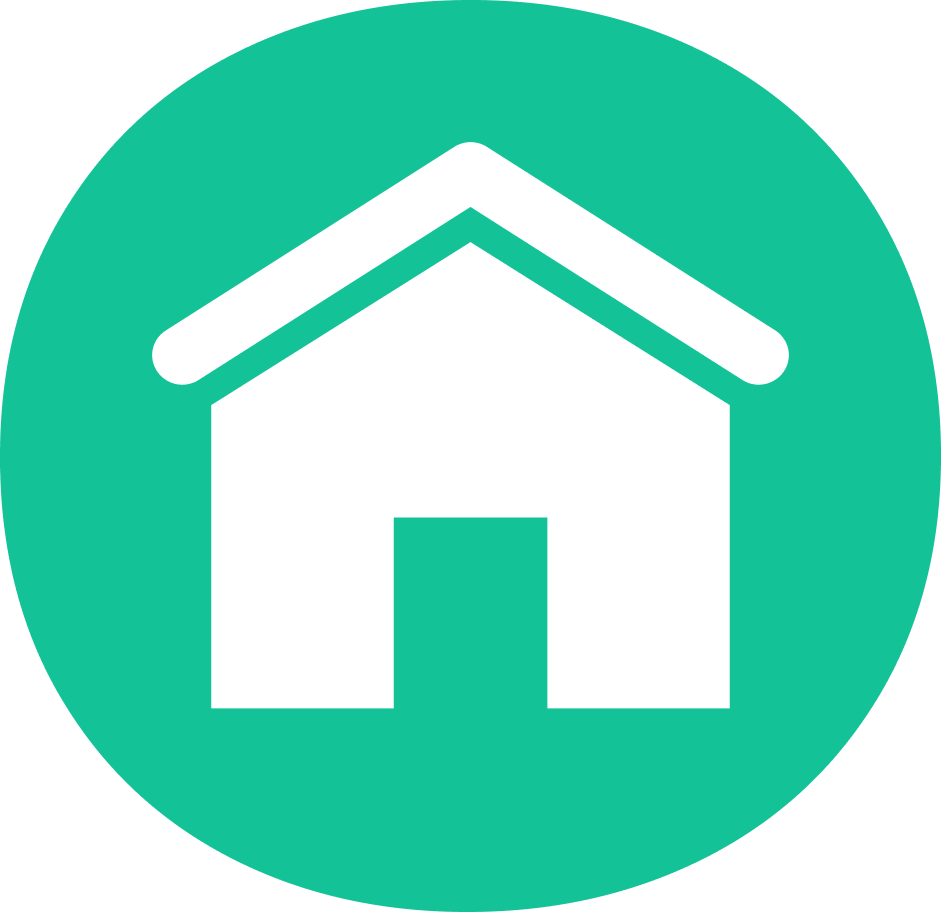Home Equity Line of Credit
What is a Home Equity Line of Credit (HELOC)?
A home equity line of credit, also known as a HELOC, is a type of loan that allows homeowners to borrow money using the equity in their home as collateral. The loan is set up as a revolving line of credit, meaning that the borrower can access the funds as needed and pay them back over time.
What are the benefits?
One of the main benefits of a HELOC is that it allows homeowners to access a large amount of money at a relatively low interest rate. This can be useful for a variety of purposes, such as home renovations, debt consolidation, or large purchases. Additionally, since the interest paid on a HELOC may be tax-deductible, it can also serve as a useful tool for managing one's finances.
Are there risks?
It is important to note that a HELOC also comes with certain risks. A significant risk is that most HELOCS start as interest only, it is important for you as a borrower to realize the minimum payment may only be going towards interest. Additionally, since most HELOCs are a type of adjustable-rate loan, the interest rate can fluctuate, which can make budgeting and long-term planning more difficult.
Another important aspect of HELOC is the draw period. The draw period is the time during which the borrower can access the funds from the line of credit. Once the draw period is over, the borrower can no longer access the funds and must start repaying the loan. The length of the draw period varies between lenders, but it usually ranges from 5 to 10 years.
What is our recap?
In conclusion, a home equity line of credit can be a useful tool for managing one's finances, but it is important to understand the risks involved and to carefully consider one's ability to repay the loan before taking one out. It's always recommended to speak with an experienced loan officer. More importantly check with a financial advisor before making any financial decision.








